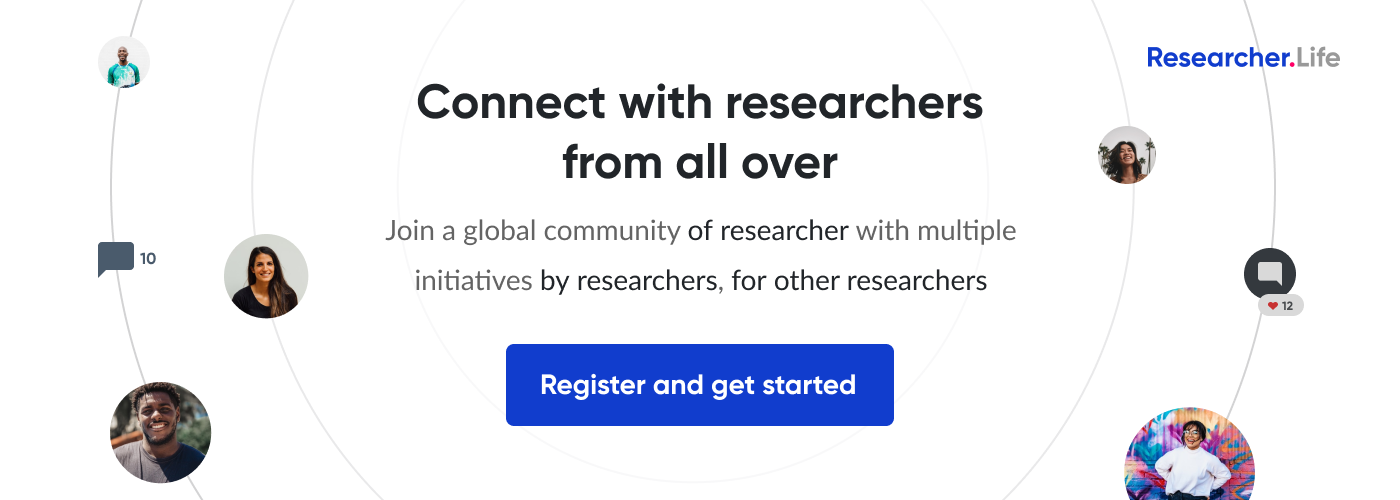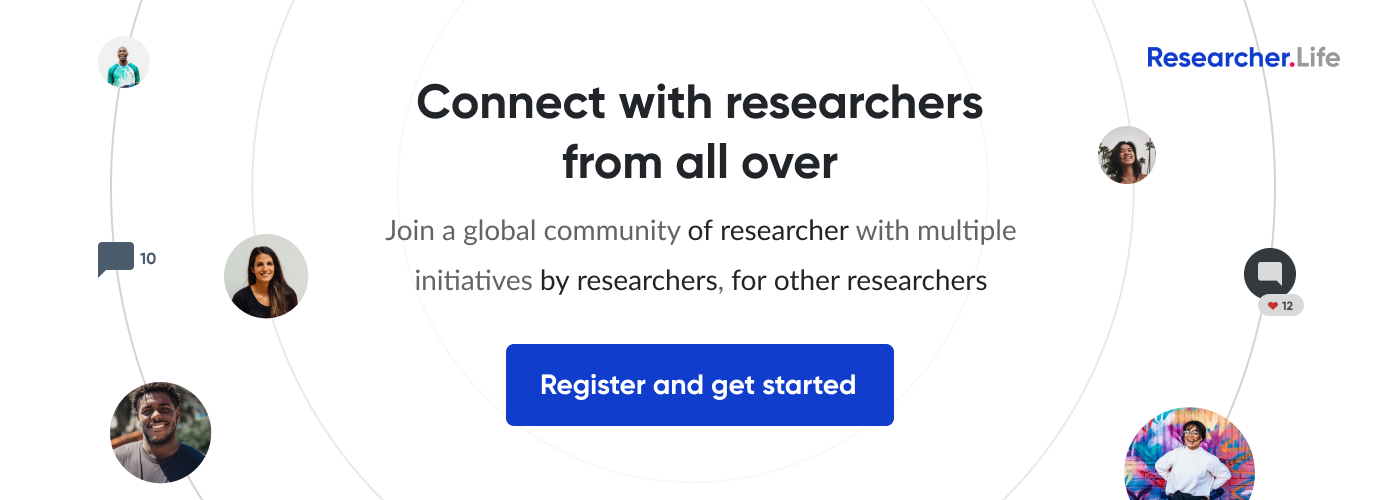Should researchers adapt to changes in social media?

How to adapt to the transforming social media landscape: Part 1
As a researcher, you likely have a social media presence, or at least recognize some of the value in maintaining a professional account. Social media can allow researchers to connect, collaborate, disseminate their research, and keep up with the latest developments in their fields. But if choosing from the plethora of options available has always been a challenge, it’s compounded now because of the sudden changes in the social media landscape. Let’s look at what has changed and how you can adapt to these developments.
Transformations in the past years
Early on, Twitter was a social media platform of choice for many researchers. Despite the character limit, which made it challenging to convey the many significant nuances of scientific discoveries, Twitter served as a valuable platform for scientists. Its short-form format and conversational tone made it perfect for sharing research highlights, sparking interdisciplinary discussions, and staying updated on the latest findings. One could post quickly and easily, bypassing the need for lengthy texts or videos.
Hashtags like #ResearchHighlight and #AcademicTwitter, along with discipline-specific tags like #ChemTwitter or #Genomics, as well as those emphasizing inclusivity such as #BlackInTheIvory and #WomeninSTEM, played a pivotal role in enabling researchers to connect globally, promote diversity, and stay abreast of the latest discoveries. Twitter’s appeal lay in its accessibility. Anyone could participate, democratizing scientific communication and bridging the gap between academia and the public.
However, the landscape changed when Twitter transformed to X. Changes, including reduction of moderation, crafty promotion of paid posts, and the option to purchase the “Blue Check” verification, compromised the platform’s once-reliable source validation. Concerns about information authenticity and the increasing dominance of non-scientific and pseudo-scientific voices permeated the scientific community. To top that, abuse, trolls, and personal attacks—aimed at the researchers – were on the rise. Following this, X witnessed a mass exodus of scientists from its network.
But it wasn’t only Twitter that changed so drastically. The persona of many social media platforms shifted from content sharing to “influencing” and “marketing.” Social media platforms, which once promised to be outlets for sharing personal stories with family, friends, colleagues, and society at large, have undergone a significant shift. Algorithms managed to push content from “influencers” and “content creators” to the forefront. Financial incentives played a crucial role. The voice of the regular good ol’ Joe drowned in the content explosion. Social media backed by private entities is now less “social” and more focused on “entertainment.”
Given this scenario, you might wonder: where do we go now? In fact, considering all of this, does it even make sense to invest time and effort in effective networking? And if yes, then where? What is everyone else doing?
Scientists leaving X began exploring platforms like Mastodon, BlueSky, Hive, and Threads. When Nature asked where the researchers were heading after quitting X, Mastodon topped the list. LinkedIn followed closely, with Meta’s Instagram and Threads trailing behind. So, Mastodon’s clearly the reigning champ. But, hold on. Mastodon’s not a Twitter copy-paste. The learning curve can be quite steep.
Finding an instance (a server) to join can be tricky, with thousands out there and not all welcoming everyone. The whole experience is way different than Twitter. The bigger hurdle would be ditching Twitter habits and embracing Mastodon’s unique way of connecting. Still, many say it’s worth the climb. So, is that it? Should everyone just head out to Mastodon? Or, should you just quit social media altogether?
Navigating the fragmented social media landscape
Social media isn’t completely dead. While many have quit posting on social media, the consumption of content hasn’t really gone down. Around 60% of the world’s population is still active on social media. And so, why shouldn’t you try to capitalize on this ecosystem?
The next question is then where do you go? Which platform is the best? Effective social media engagement for researchers isn’t about choosing the “right” platform—it’s about aligning your goals and audience with the platform’s strengths. High-quality interactions can flourish on any platform, whether fostering academic collaborations on ResearchGate or captivating the public with science videos on TikTok.
Of course, it would be great if the entire world existed on a single social media platform. But no. The reality is a disparate system with people from all walks of life active on various channels. So, if you are unsure about where to start, perhaps you could begin by simply “lurking” on various platforms and figuring out which one appeals to you the most.
Next, try commenting on or interacting with the content posted by others that appeals to you. And then, finally, ask yourself these questions: Where do you see yourself fitting best? What goals do you aim to achieve through social media engagement? Whom do you hope to interact with?
In my next post, I discuss in detail how to answer these questions and develop your social media strategy accordingly.
Comments
You're looking to give wings to your academic career and publication journey. We like that!
Why don't we give you complete access! Create a free account and get unlimited access to all resources & a vibrant researcher community.














